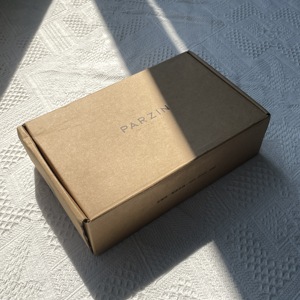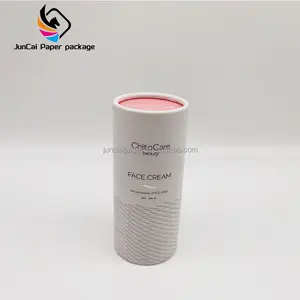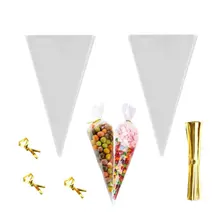Cardboard cylinders are cylinder-shaped products manufactured from wood pulp processed into varieties of cardboard-like paperboard, fibreboard, kraft paper, or paper composites. These paper tubes are robust, hollow, and often cylindrical objects made from layers of paper or paperboard sheets coiled together. Adhesives are used to laminate or fuse the paper layers. The amount of layers wrapped during production can affect the tube's wall thickness. There are many uses for round cardboard blocks across numerous industries, and they are usually fabricated from cardboard ribbons that surround a mandrel in the predetermined measurements. These cardboard tubes can be custom-made to fit diverse contents and are manufactured in varying thicknesses and structural strength, dictated by the extent of protection required.
How are cardboard cylinders made?
Most large cylindrical cardboard crafts have a spiral wound design, made stronger by added adhesives. In the first stage of how cylindrical cardboard boxes or tubes are made, large cardboard sheets are trimmed into narrow ribbons before applying the adhesive coating and diagonally wrapped around a custom-sized and shaped mandrel. Depending on the strength of the finished tube, several layers can be used to the center mandrel.
These cores can be recycled and are safe, hygienic, non-toxic, and odorless. Cardboard rolls are classified and measured by the interior, not the exterior. While there can be significant variation, most tubes are up to 48 inches long to guarantee strength and resilience. In heavy-duty applications requiring high strength, water-resistant cardboard, special adhesives, and interior waterproof seals can be incorporated during manufacturing.
Wood pulp and resin mix is precisely formed and cured and may be given additional oven curing. The pulp coalesces to the adhesives during this post-forming heat treatment to deliver a more robust product. This ensures the finished product is highly durable and can hold its shape better when subjected to humidity or the elements. These characteristics are crucial, particularly when goods must be protected from harm during shipping, storage, and exposure to moisture and the elements.
Uses of cardboard cylinders
The tube's size, industry, and function mainly determine the typical applications for cardboard tubes. Large cardboard boxes are primarily utilized in item packing, where the product is placed within the tube and sealed to protect it from external harm, heat, or moisture. Because they are often made of recycled paper, cardboard tubes, and cores, they are eco-friendly and reduce one's carbon footprint. Cardboard cores are also used to gently coil materials around them, giving the item interior strength and keeping it together.
Tape, paper, aluminum foil, plastic foil, film stretches, electrical wires, fabric, cellophane tapes, disposable paper products, dental floss cores, foam, thermal transfer ribbons, stickers, and many other products need a cardboard tube core. The tube's outer layer can include information about the items or logos when packaging food processing products. With gift packaging, colors and patterns are frequently printed outside the cardboard cylinder container. Businesses can print and color the cardboard tube core outside and inside for marketing purposes. This is advantageous since well-packaged and printed products draw attention and encourage purchases.




































 浙公网安备 33010002000092号
浙公网安备 33010002000092号 浙B2-20120091-4
浙B2-20120091-4